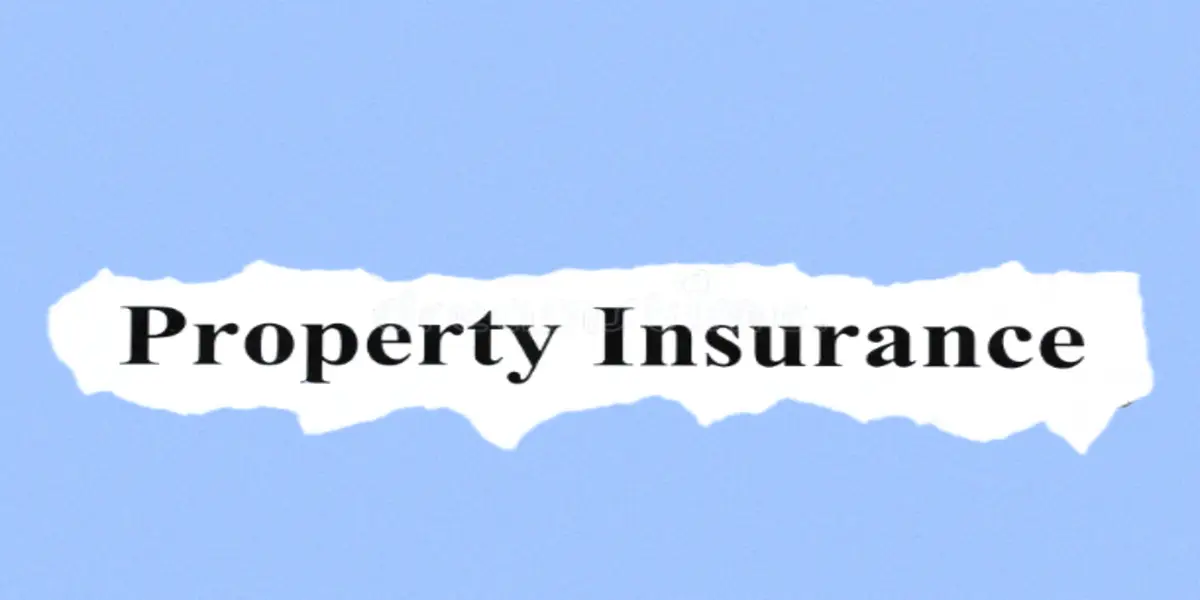Property insurance is a critical safeguard for homeowners, landlords, and business owners alike. It provides financial protection against damages or losses to real estate and personal belongings. However, navigating the various types of property insurance can be challenging.
This article will provide a comprehensive breakdown of property insurance types, covering the essential categories and what they protect.
1. Homeowners Insurance
Homeowners insurance is the most common type of property insurance. This policy covers damage to a homeowner’s property due to events like fire, theft, vandalism, and certain natural disasters. It also includes liability coverage, which protects against lawsuits if someone is injured on your property.
Components of Homeowners Insurance
- Dwelling Coverage: This part of the policy covers the structure of the home itself, including the roof, walls, and foundation.
- Personal Property Coverage: This extends protection to personal belongings like furniture, electronics, and clothing.
- Liability Protection: Covers legal expenses and settlements if someone is injured on your property.
- Additional Living Expenses (ALE): Helps cover the costs of living elsewhere if your home becomes uninhabitable due to a covered event.
Homeowners insurance is generally required by mortgage lenders, making it a necessity for most homeowners.
2. Renters Insurance
Renters insurance is designed for individuals who rent their homes. While the landlord’s insurance policy covers the structure of the building, renters insurance protects the tenant’s personal belongings.
It also includes liability coverage if the tenant is responsible for injury to others or damage to the rental property.
Key Features of Renters Insurance
- Personal Property Coverage: Protects against losses from events like fire, theft, and vandalism.
- Liability Coverage: Similar to homeowners insurance, this protects the renter against lawsuits from injuries that occur in the rental unit.
- Additional Living Expenses (ALE): Provides financial assistance for temporary housing if the rental unit becomes uninhabitable.
Renters insurance is affordable and provides valuable protection for tenants, making it a smart investment for anyone renting a home or apartment.
3. Condominium Insurance (HO-6)
Condominium insurance, also known as HO-6 insurance, is tailored to condo owners. While the condominium association typically carries insurance for the building’s exterior and common areas, condo insurance covers the interior of the unit, personal property, and liability.
What Does Condo Insurance Cover?
- Interior Structure Coverage: Protects against damage to the interior walls, floors, and ceilings.
- Personal Property Coverage: Covers personal belongings such as furniture and electronics.
- Liability Protection: Offers coverage for legal expenses if someone is injured in your condo.
- Loss Assessment Coverage: Covers the condo owner’s share of a loss when the condo association’s insurance isn’t enough to cover damage to common areas.
Condo owners need to understand what their association’s policy covers and tailor their HO-6 insurance policy to fill any gaps.
4. Landlord Insurance
Landlord insurance, also known as rental property insurance, is essential for property owners who lease out their homes, apartments, or commercial properties.
It provides coverage for the physical structure and liability protection if a tenant or visitor is injured on the property.
Key Aspects of Landlord Insurance
- Property Coverage: Protects the building itself, including fixtures like plumbing, heating, and electrical systems.
- Liability Coverage: Covers medical and legal expenses if someone is injured on the rental property.
- Loss of Rental Income: Reimburses the landlord for lost income if the property becomes uninhabitable due to a covered event.
Landlord insurance differs from homeowners insurance because it is specifically designed for rental properties and provides unique protections that landlords need.
5. Flood Insurance
Flood insurance is not typically included in standard homeowners or renters insurance policies. It is a separate policy that provides coverage for water damage caused by flooding. This type of insurance is particularly important for properties located in flood-prone areas.
What Does Flood Insurance Cover?
- Building Property Coverage: Covers the structure of the home, including the foundation, electrical, and plumbing systems.
- Personal Property Coverage: Protects personal belongings like furniture and appliances.
Flood insurance is often required by mortgage lenders for homes located in designated flood zones. Even if it’s not required, it’s a wise investment for homeowners in areas prone to heavy rainfall or coastal storms.
6. Earthquake Insurance
Earthquake insurance is another specialized type of property insurance. Like flood insurance, it’s not included in standard homeowners policies and must be purchased separately.
Earthquake insurance provides financial protection for damage to your home and belongings caused by an earthquake.
Coverage Provided by Earthquake Insurance
- Dwelling Coverage: Protects the home’s structure, including the foundation and frame.
- Personal Property Coverage: Covers personal belongings damaged during an earthquake.
- Additional Living Expenses (ALE): Covers the cost of living elsewhere if your home is too damaged to live in.
Earthquake insurance is especially important for homeowners in regions with a high risk of seismic activity.
7. Commercial Property Insurance
Commercial property insurance is essential for business owners. It protects the physical assets of a business, including the building, equipment, and inventory, from events like fire, theft, and vandalism. Commercial property insurance is a must-have for businesses of all sizes.
Components of Commercial Property Insurance
- Building Coverage: Protects the physical structure of the business property.
- Business Personal Property Coverage: Covers equipment, furniture, and inventory.
- Business Income Coverage: Replaces lost income if the business cannot operate due to property damage.
Commercial property insurance is vital for business continuity and protecting the company’s assets.
8. Umbrella Insurance
Umbrella insurance provides an extra layer of protection beyond the limits of your standard property insurance policies.
This type of policy is designed to cover major claims and lawsuits, providing additional liability coverage that goes beyond the limits of homeowners, renters, or landlord insurance.
When to Consider Umbrella Insurance
- High Net Worth Individuals: If you have significant assets, umbrella insurance can help protect your wealth from large lawsuits.
- Landlords and Business Owners: Those who own multiple properties or businesses may need extra liability protection to cover potential legal claims.
Umbrella insurance can provide peace of mind and financial security in the event of a major lawsuit.
Conclusion
Understanding the different types of property insurance is essential for protecting your home, rental property, or business.
Whether you own a home, rent an apartment, or operate a business, having the right insurance coverage in place can save you from significant financial loss.
Assess your needs and choose a policy that provides adequate protection for your property and assets.







